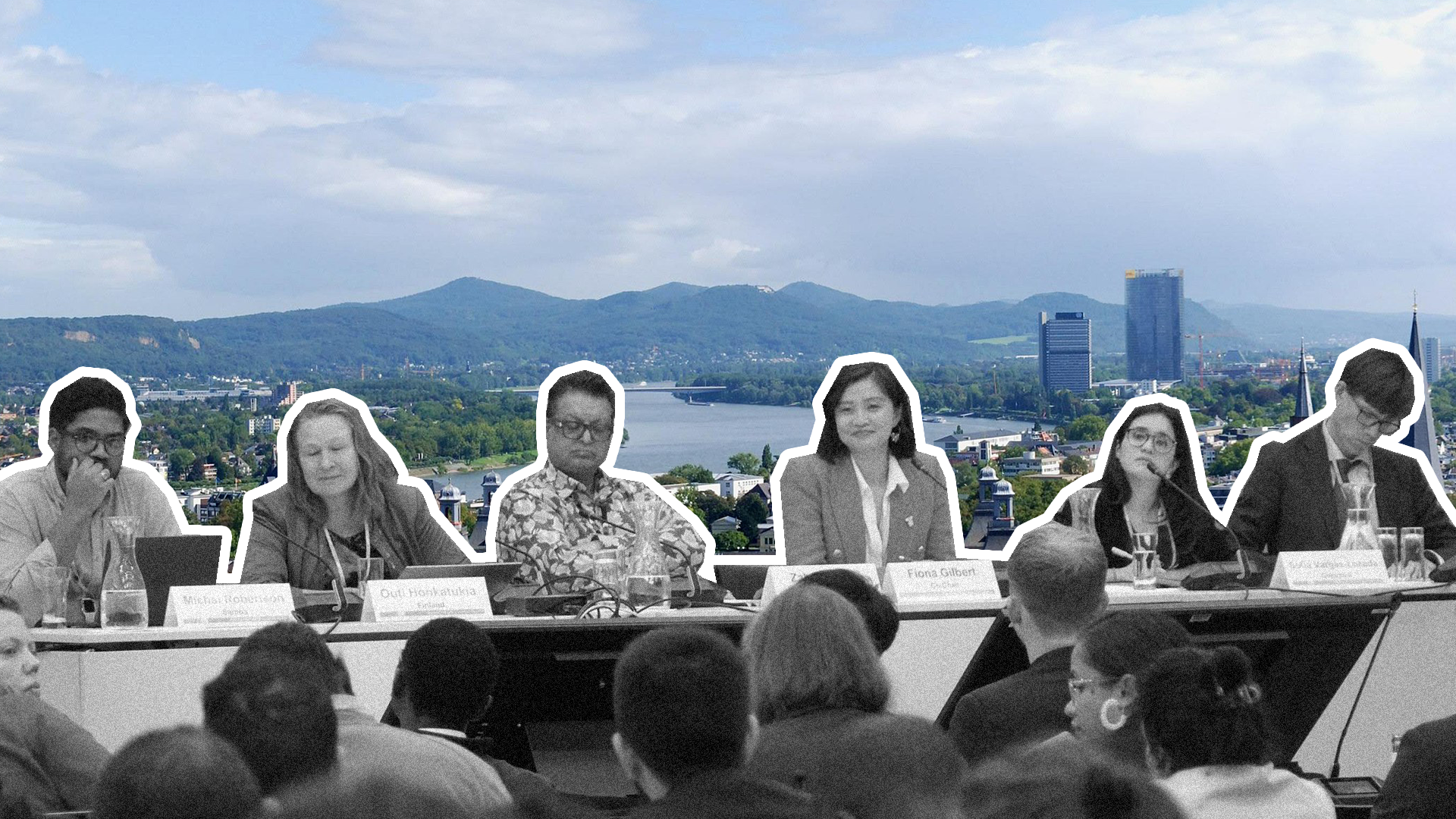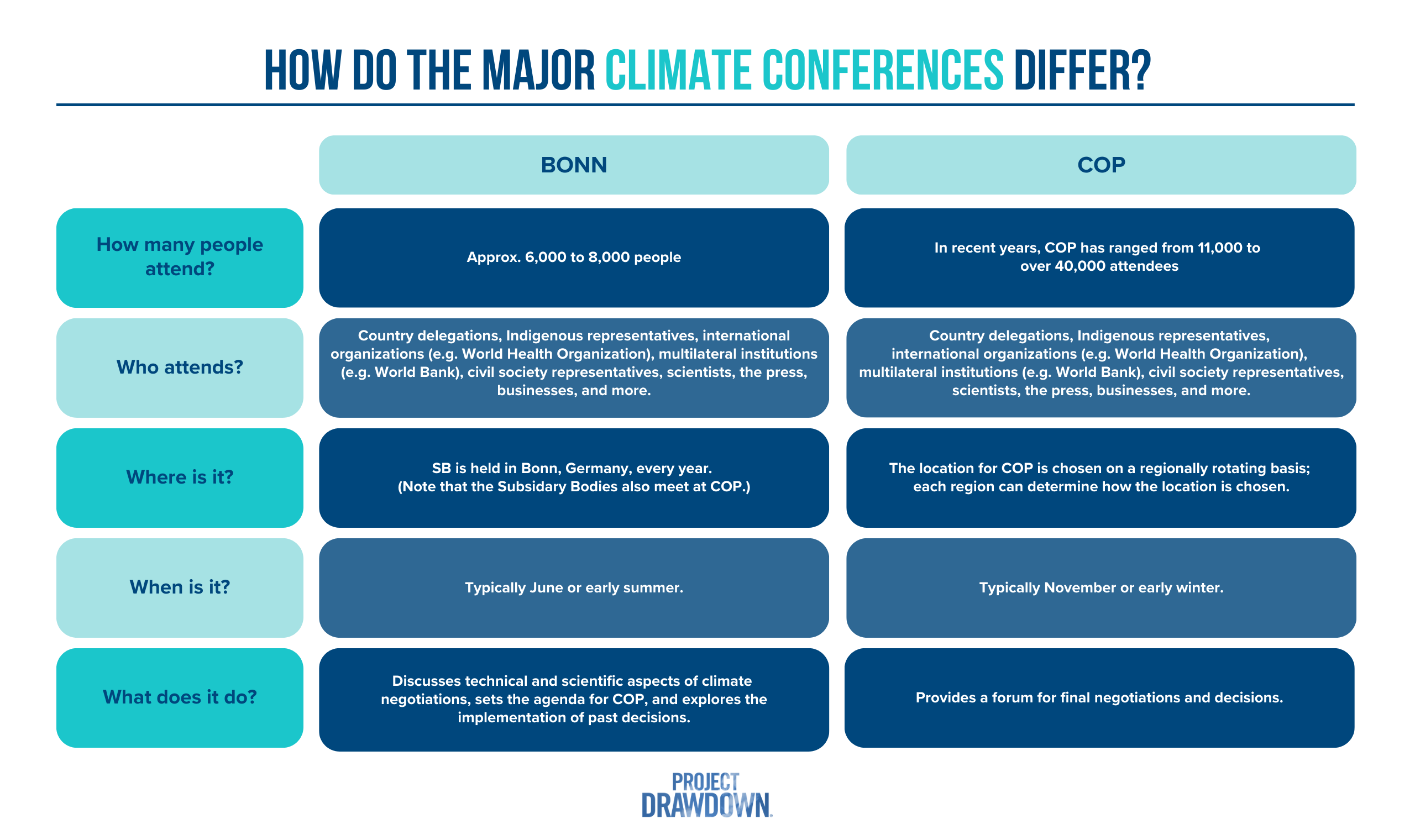Unless you're deeply involved in climate policy, you may not be aware that crucial international climate negotiations recently wrapped up in Bonn, Germany. These annual talks laid the groundwork for issues to be discussed at COP29 in Baku, Azerbaijan. Despite their importance for global climate action, however, these mid-point meetings don’t get nearly as much attention as they deserve.
Every year, the United Nations Framework Convention on Climate Change (UNFCCC) hosts a meeting of the “Subsidiary Bodies” in Bonn, Germany. The sessions focus on the scientific and technical elements of climate negotiations and the implementation of climate agreements. This year was the 60th meeting of the Subsidiary Bodies, referred to as SB60, and with each passing year, the stakes are being raised as emissions climb and commitments pile up. Thus, understanding how these discussions operate is critical to moving climate action forward.
Below are some things to know about the conference and this year's takeaways.
What’s the difference between COP and SB?
The major annual climate conference, COP, which stands for “Conference of Parties,” is the primary place for world leaders to decide on international climate agenda items. It is often the last step in the process of climate negotiations. Hence why there is so much fanfare around COP every year – it’s the place where last-minute deals are struck and final agreements are announced.
SB, on the other hand, often flies under the radar as it is a midway point in climate talks and prepares decision items for COP. Crucially, SB is also the venue in which implementation of past decisions is discussed.
SB is where a lot of follow-up occurs on agreements like last year’s COP28 commitment to transition away from fossil fuels. Getting the technical aspects and implementation programs right is obviously paramount to substantive climate action. Therefore, SB is a critical juncture for the world as the details of the agreements are hashed out. As they say, “The devil is in the details.” Or, in this case, the pathway to stopping climate change is in the SB negotiations.






